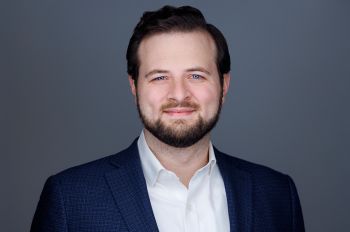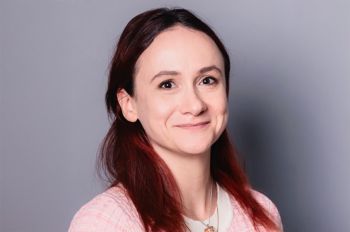Scientist as the Star: Halo Awards Honor Illinois Tech Trio for Improving Others’ Lives

“At the Halo Awards, the scientist is celebrity,” say the organizers of the event “celebrating scientists for their tireless pursuit of cures and treatments that help people live better lives.” Three of the 40 celebrities to be honored at the upcoming second annual Halo Awards are members of the Illinois Institute of Technology academic community: Associate Professor of Chemistry David Minh, Senior Research Associate Lindsay Sheehan (M.S. REHB ’11, Ph.D. PSYC ’16), and Associate Professor of Biomedical Engineering Kenneth Tichauer. The award presentation will be held on Saturday, October 12, at the Museum of Science and Industry.
Minh, at the College of Science, is a researcher in the field of drug discovery. The National Institutes of Health grant recipient investigates computational methods for predicting molecular interactions involving proteins in the development of new drugs. He and an Illinois Tech collaborator are applying modeling methods to assist in further understanding metabolic enzymes within pathogenic bacteria.
Lewis College of Human Sciences alumna Sheehan collaborates with Distinguished Professor of Psychology Patrick Corrigan at the Chicago Health Disparities Center, where Corrigan serves as director and Sheehan is associate director. The team works to address the needs of individuals with serious mental illness. Besides obtaining funding for many of the center’s community-based participatory research projects, Sheehan augments projects to benefit new populations.
Armour College of Engineering researcher Tichauer and his team are the recipients of Illinois Tech’s $1 million Nayar Prize I for their development of and work with the ADEPT (Agent–Dependent Early Photon Tomography) Cancer Imager. Through advanced imaging techniques developed by the team, pathologists will be able to find smaller tumors and prescribe a precise patient-treatment protocol.




